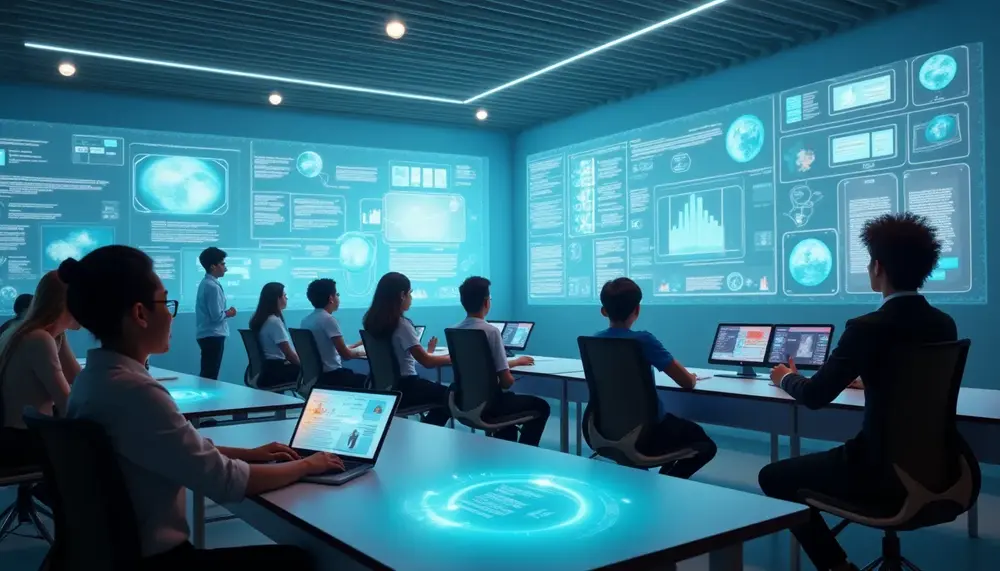Web3 and the Future of Education: Blockchain’s Transformative Role
Education has remained largely unchanged for centuries, relying on traditional methods such as classrooms, textbooks, and paper-based credentials. However, the advent of Web3 and blockchain technology is poised to revolutionize the sector, making learning more accessible, transparent, and rewarding. According to The Shib Daily, blockchain offers a secure, tamper-proof system for storing credentials, eliminating issues like fake degrees and lost diplomas. This innovation could make education more global and inclusive, allowing students to earn while they learn through tokenized incentives.
One of the most significant challenges in traditional education is its centralized nature. Institutions control access, curriculum, and costs, often creating barriers for many students. Blockchain, on the other hand, enables decentralized learning platforms where knowledge is open and accessible to all. Additionally, blockchain-based systems can store academic records securely, providing instant verification for employers and universities. This eliminates the delays and inefficiencies associated with traditional credential verification processes.
"The future of education might not be in classrooms but on blockchain-powered platforms, where knowledge is open, credentials are instant, and students actually get something back for their hard work." – The Shib Daily
Another transformative aspect of blockchain in education is the introduction of tokenized incentives. Students can earn digital tokens for completing courses, mastering skills, or contributing knowledge. This gamification of education not only motivates learners but also encourages lifelong learning. Furthermore, smart contracts can automate administrative processes such as tuition payments and certifications, reducing delays and errors.
Key Benefits of Blockchain in Education
- Decentralized Learning Platforms: Peer-to-peer education without gatekeepers, enabling global access to high-quality content.
- Verifiable Digital Credentials: Secure, tamper-proof storage of academic records, eliminating fake degrees and delays in verification.
- Tokenized Incentives: Rewards for learning, fostering engagement and continuous education.
- Smart Contracts: Automation of payments, enrollments, and certifications for a seamless experience.
- Global Access: Affordable, borderless education accessible to anyone with an internet connection.
Despite its potential, blockchain-based education faces challenges such as scalability, privacy concerns, and resistance from traditional institutions. Blockchain networks must handle increased demand efficiently, and sensitive educational data must be protected while remaining verifiable. Additionally, regulatory hurdles and institutional reluctance to adopt new technologies could slow down the transition.
Summary
| Challenges in Traditional Education | Blockchain Solutions |
|---|---|
| Centralized control limits access and flexibility. | Decentralized platforms offer open, global learning. |
| Credential fraud and verification delays. | Secure, tamper-proof digital credentials. |
| High costs and geographical barriers. | Affordable, borderless education. |
| Lack of incentives for lifelong learning. | Tokenized rewards for educational achievements. |
As The Shib Daily highlights, blockchain has the potential to create a smarter, fairer education system. By embracing this technology, educators, institutions, and policymakers can work together to build a transparent, accessible, and rewarding learning environment. The future of education is not just about adapting to change but leading it, and blockchain offers the tools to make this vision a reality.
Sources:















